
It was a day I just needed to get out with the camera to do some landscape work. It was cold and breezy as I scouted around looking for something inspiring and I reached the point of thinking that even if I didn’t come back with a shot, at least I was enjoying some fresh air and feeling invigorated.
I ended up back at a favourite location at Elie in the East Neuk of Fife and I wondered if I might get something slightly different this time. I’ve photographed Lady Anstruther’s Tower several times and on this occasion, it didn’t look all that inspiring but I was determined to try to find something a little different. Then I spotted a piece of ground which looked tailor made as a point to shoot from. This being December in Scotland, the sun never gets all that high in the sky and its low position here was casting an interesting light onto the tower and showing a clear line where the shore dropped into shadow. The water was relatively calm with only small wind-generated waves out in the Firth of Forth and the clouds were also fairly slow moving. I thought that a long exposure in these conditions would deliver just enough softening to the sea and sky to contrast with the hardness of the stone tower and rock promontory.
So, with fingers nipping in the cold breeze, I set up the tripod, popped on the camera, framed the shot and took an exposure reading before then locking off the focus and popping on a ten-stop ND filter.
After adjusting for the filter, the exposure settings were:
79 seconds at f22 with an ISO of 100. With a long exposure I tend to go for a narrow aperture which, especially with a landscape, increases the depth of field and is also a little bit of a safeguard should the focus slip slightly during set-up or exposure. I keep the ISO as low as I can to minimise any noise.
With regard to processing, everything was done in Lightroom. As always, I apply lens corrections and remove chromatic aberrations. I also ensured that the horizon was straight, though I try to make sure of this in camera, especially when using a tripod.
I then gave this a little bit of an HDR treatment by massively reducing the highlights and boosting the shadows I added some clarity and vibrance to help with the colouring and gently tweaked the white balance. I also made some gentle tone curve adjustments which gave the image a slightly richer feeling. All of that meant a slight increase in overall exposure by just under half a stop. Finally I sharpened but increased the masking so that pretty much only the edges were being sharpened. I pulled the radius down to 0.5 and left the detail at 25. The logo was applied as part of the export settings.
In the end, I quite like the overall effect of the contrast between the softened sky and water with the hardness of the tower and rock. I also like the alignment of two windows in the tower providing a clear view through which, for me, adds to the overall composition and was something I wanted to achieve so I had to find just the right spot on the small piece of ground I had to work with.
As much as I enjoyed the fresh air and the walk, it was good to come back with a shot I’m happy with.





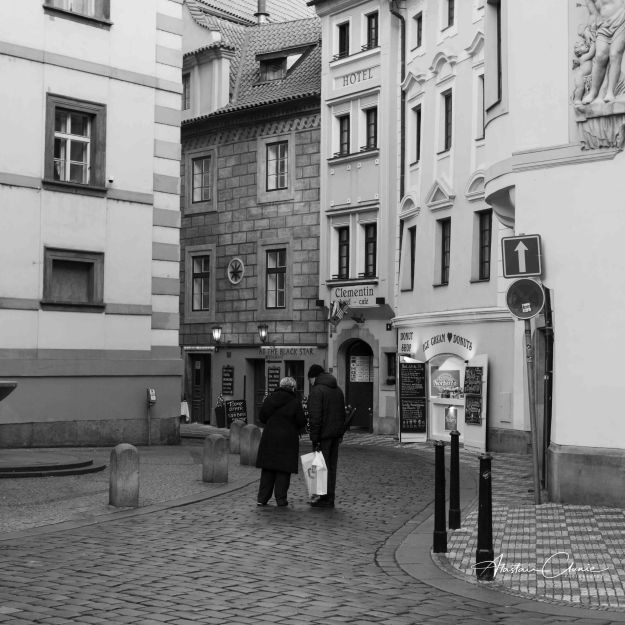


























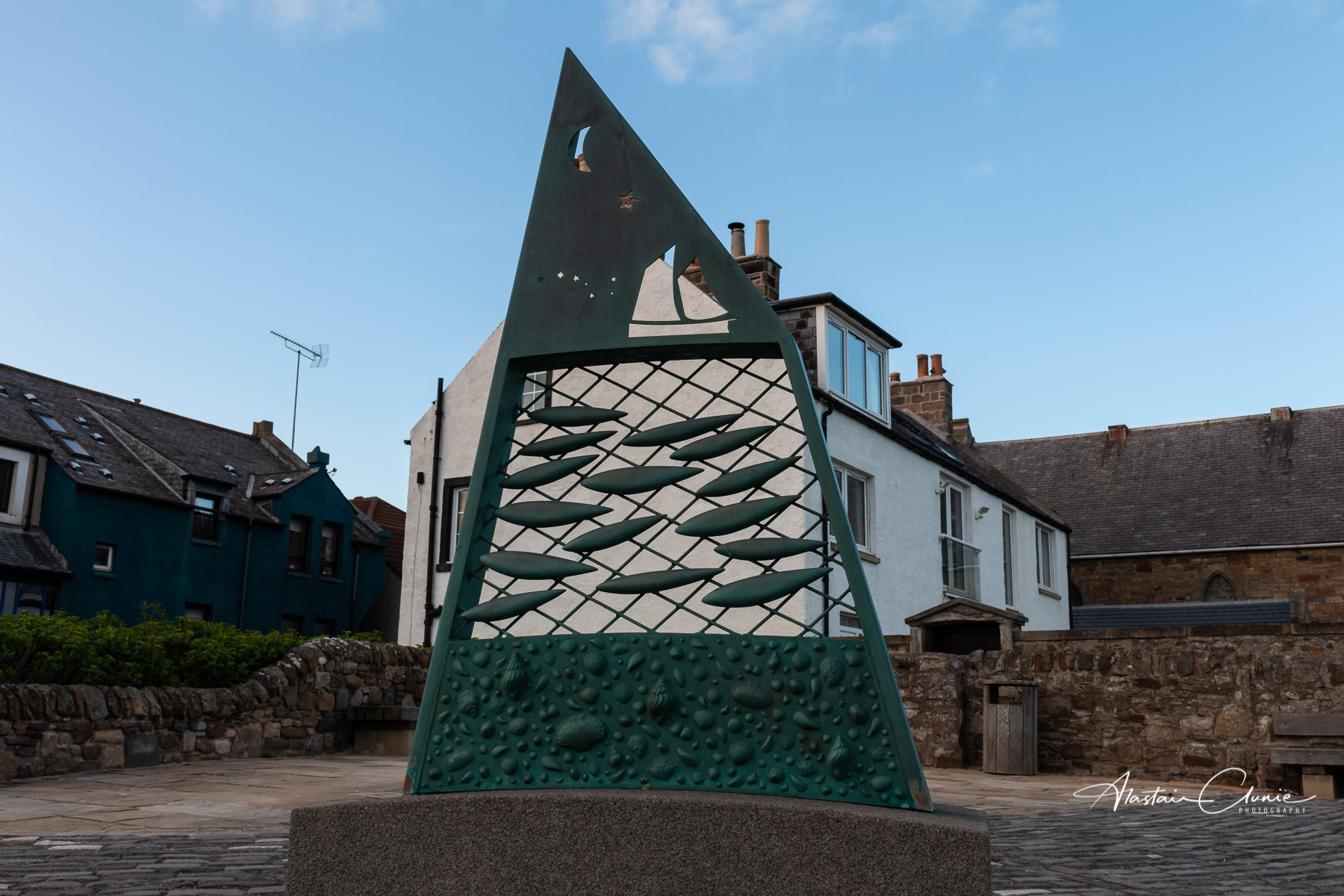




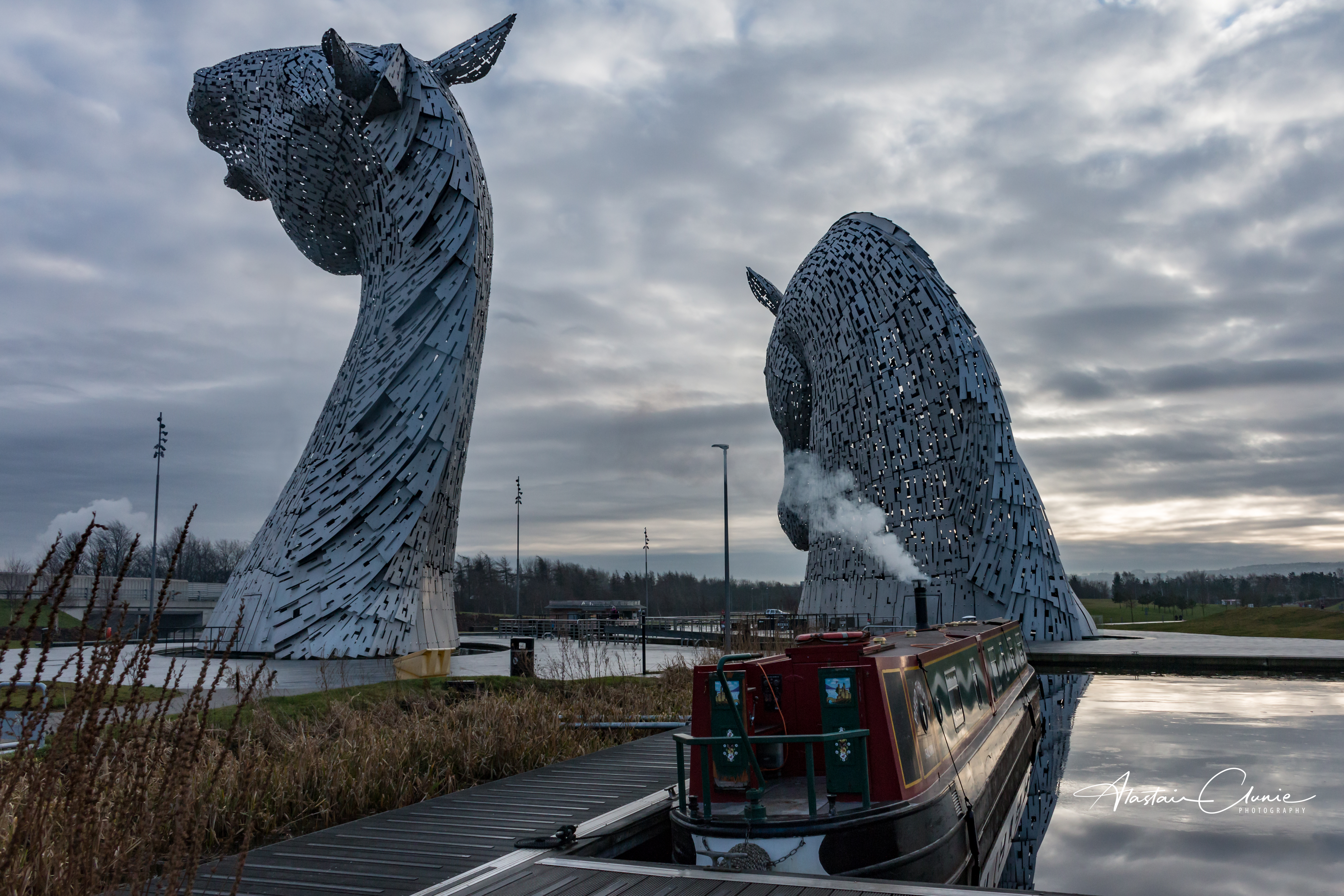


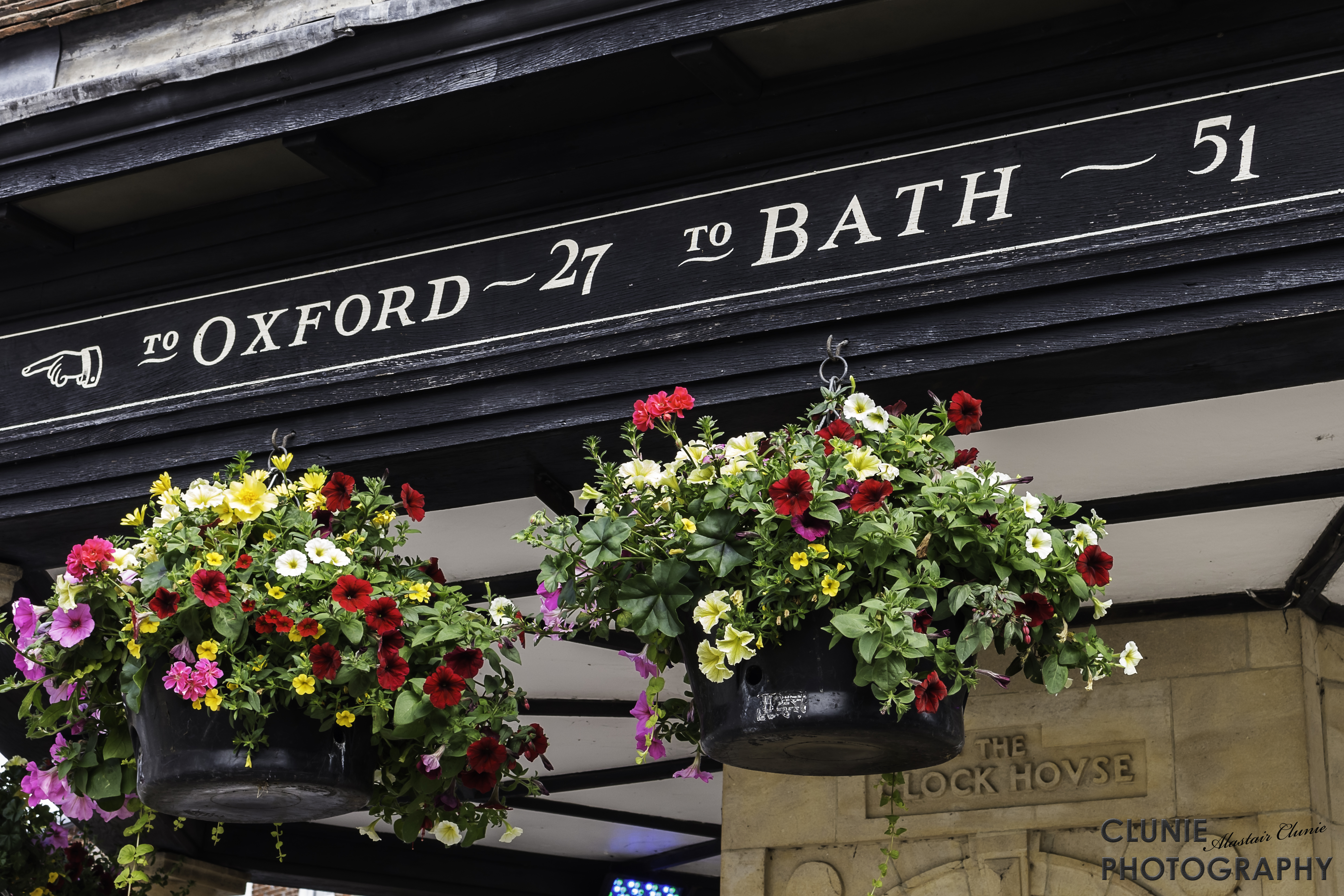

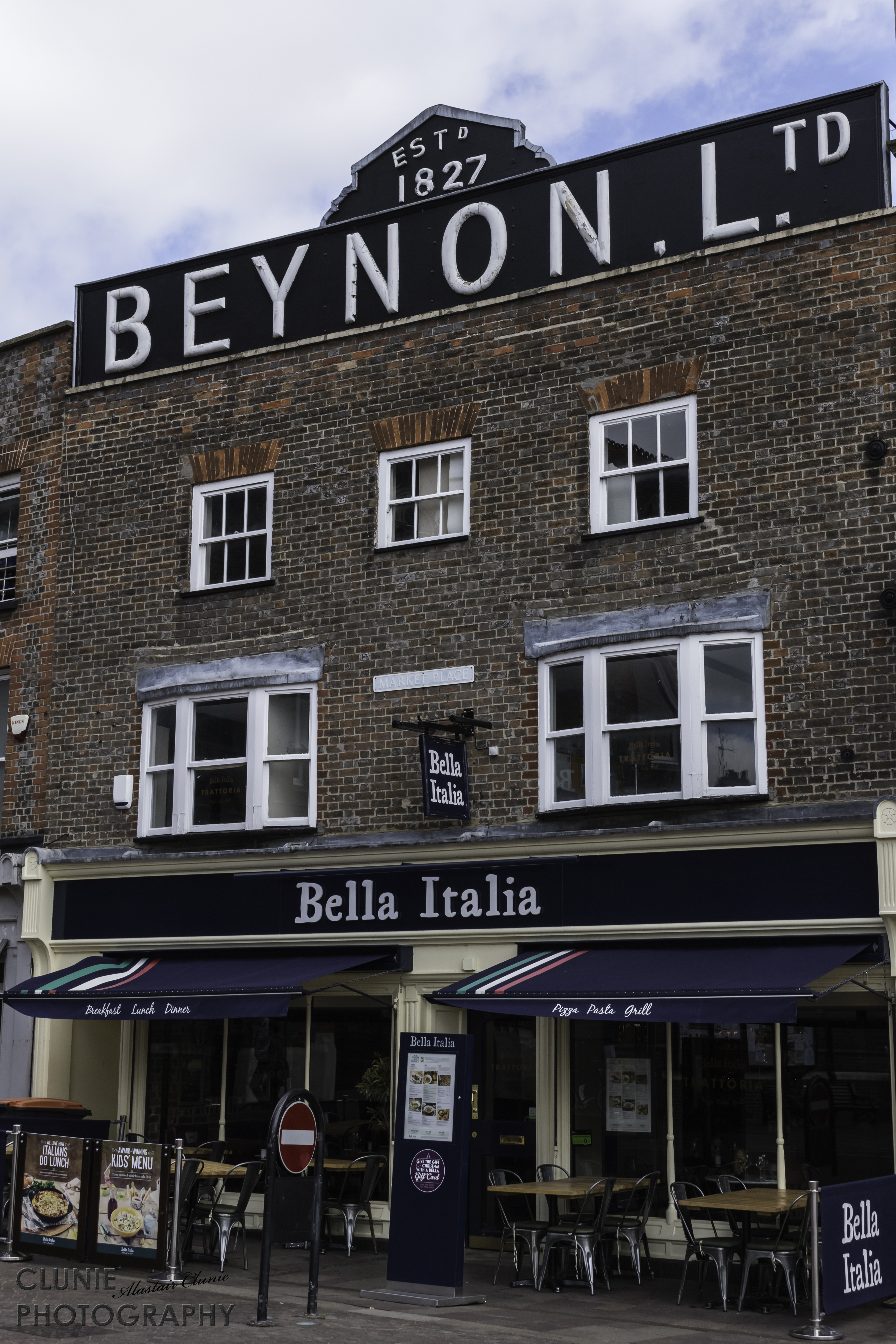
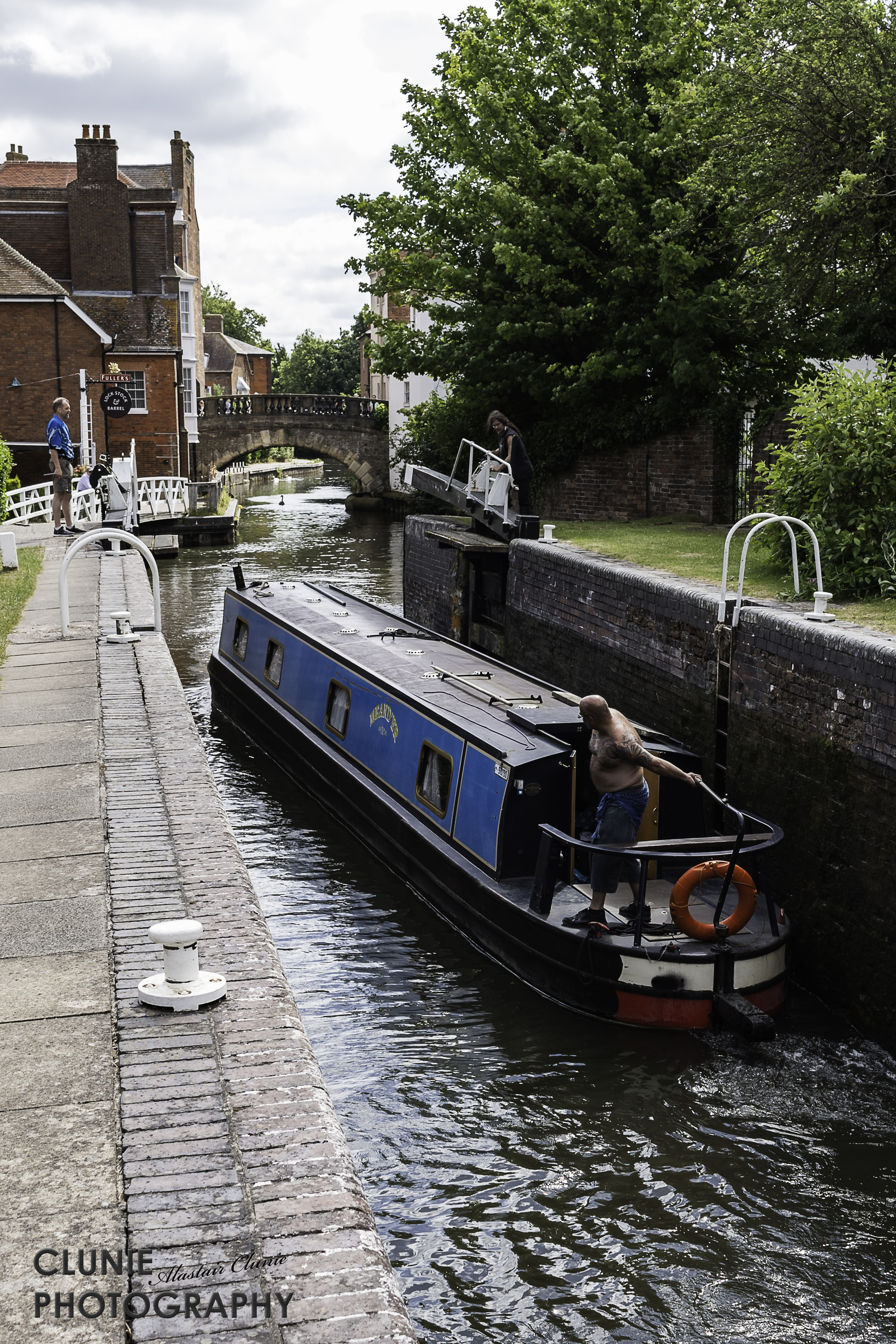
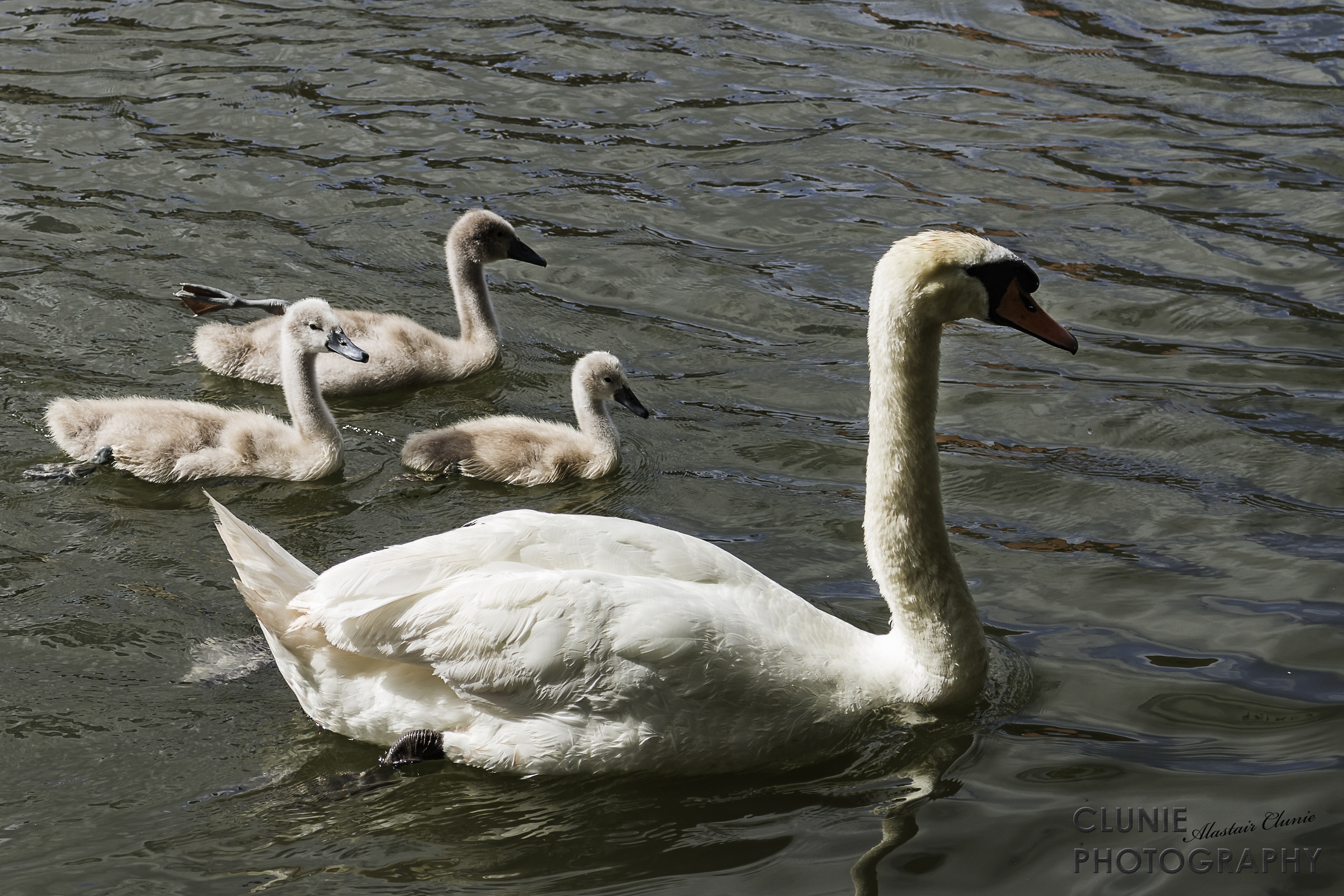
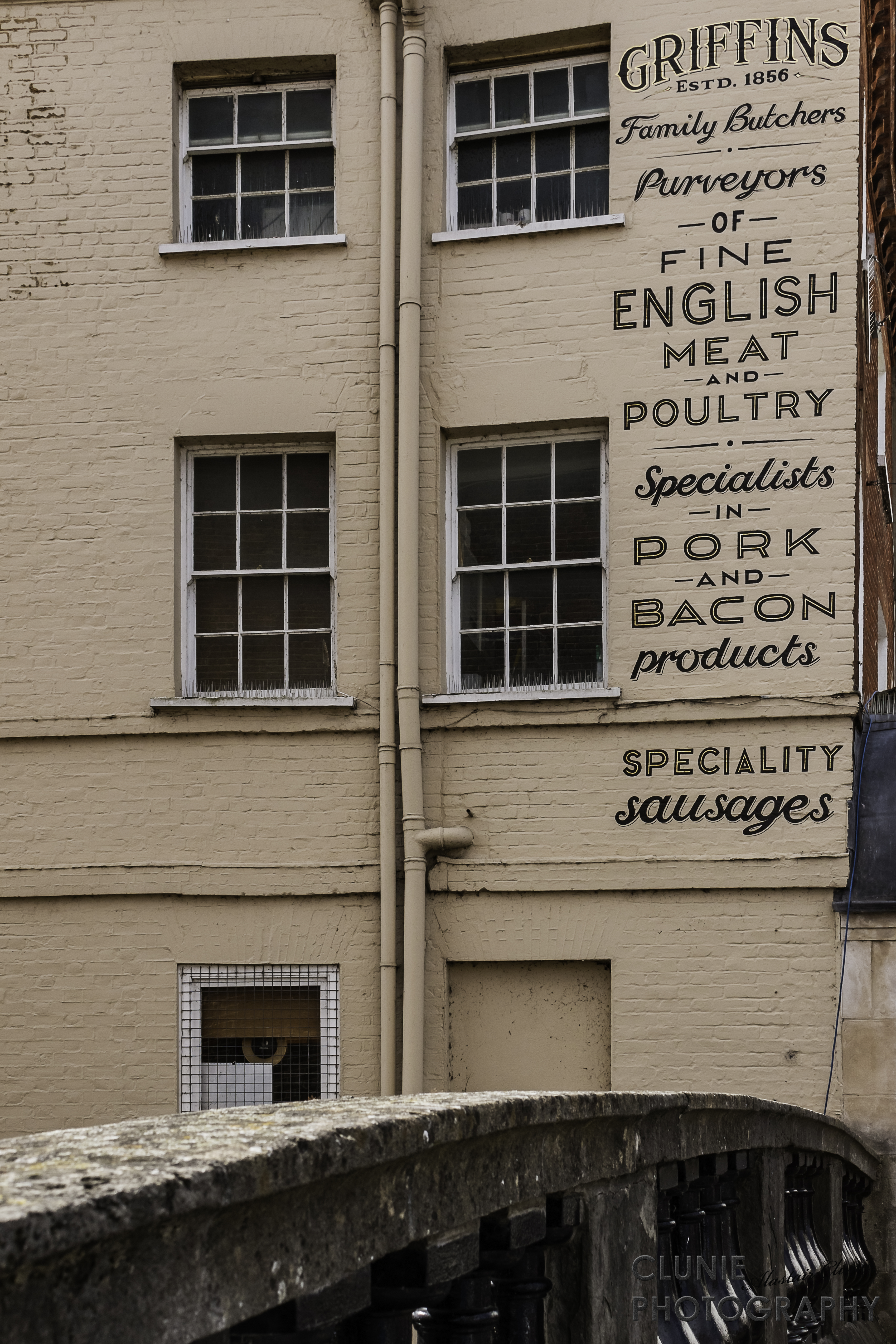
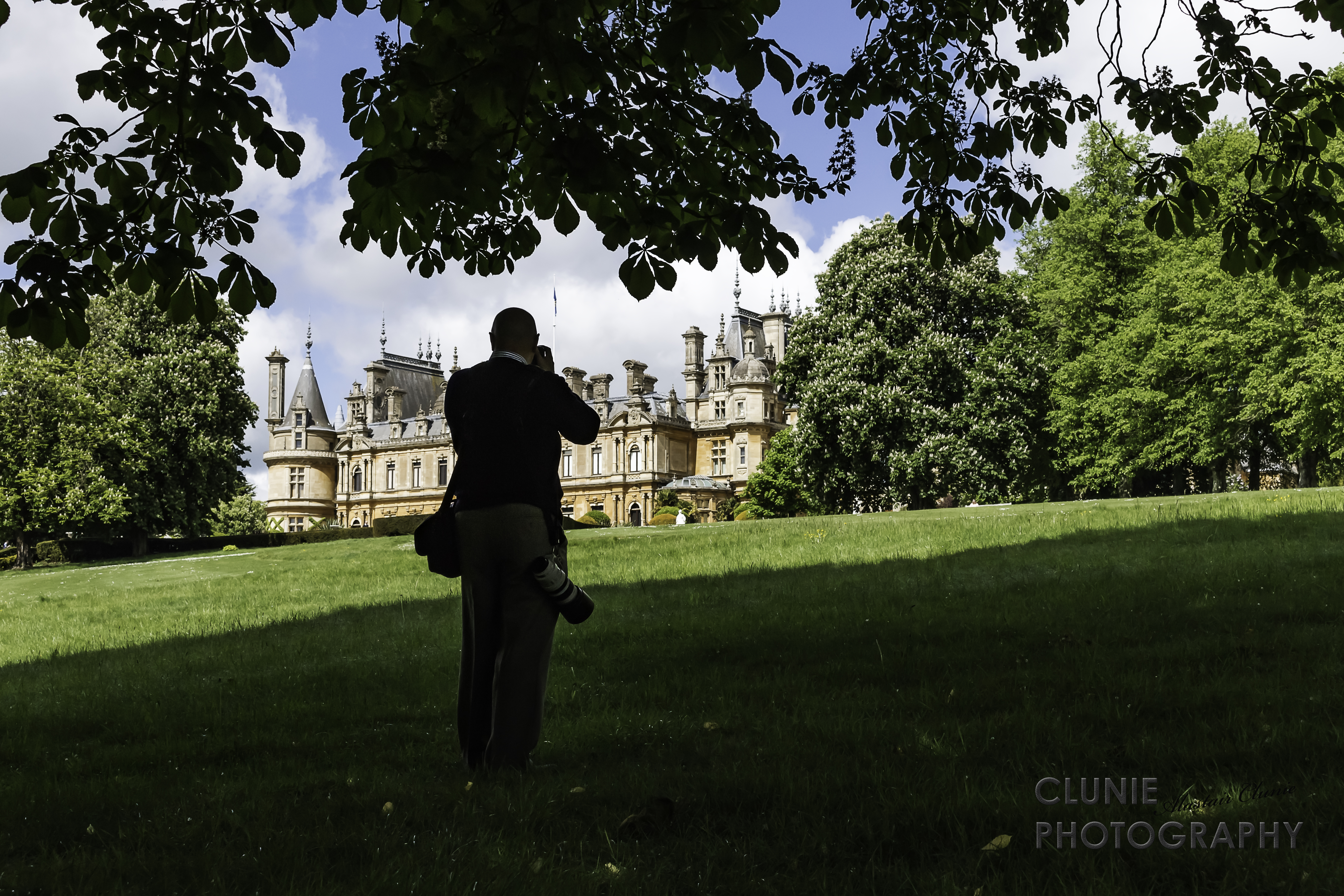
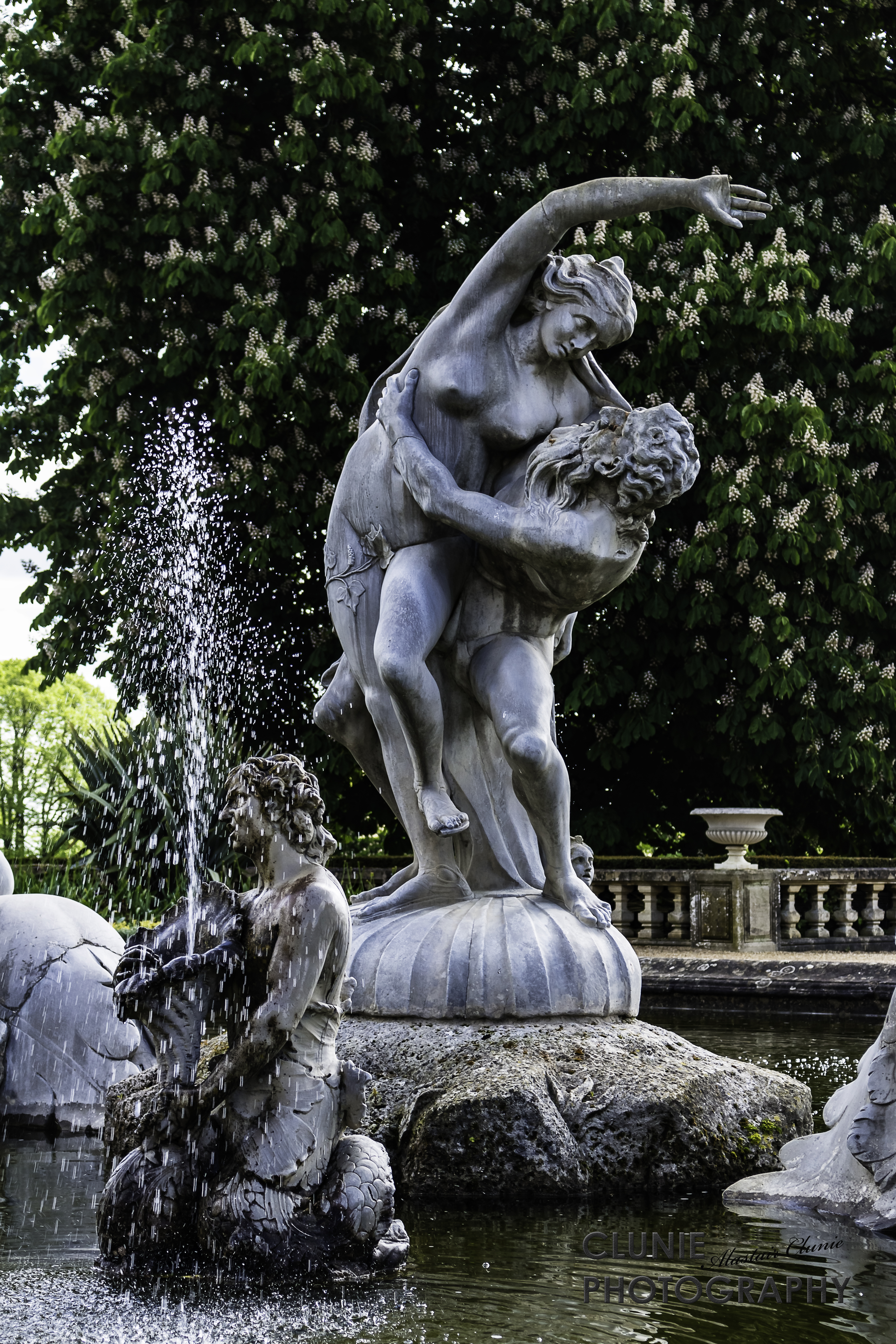
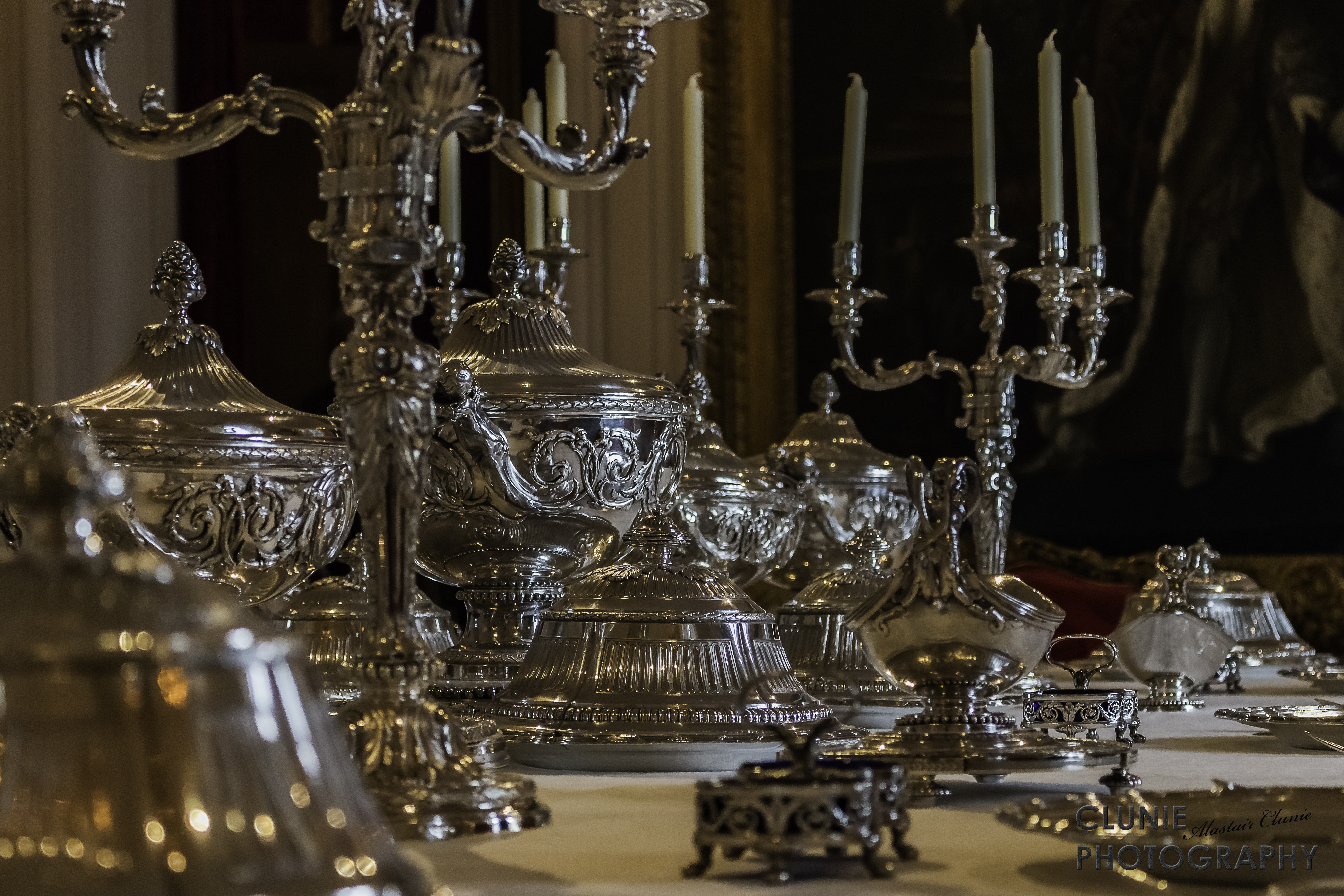
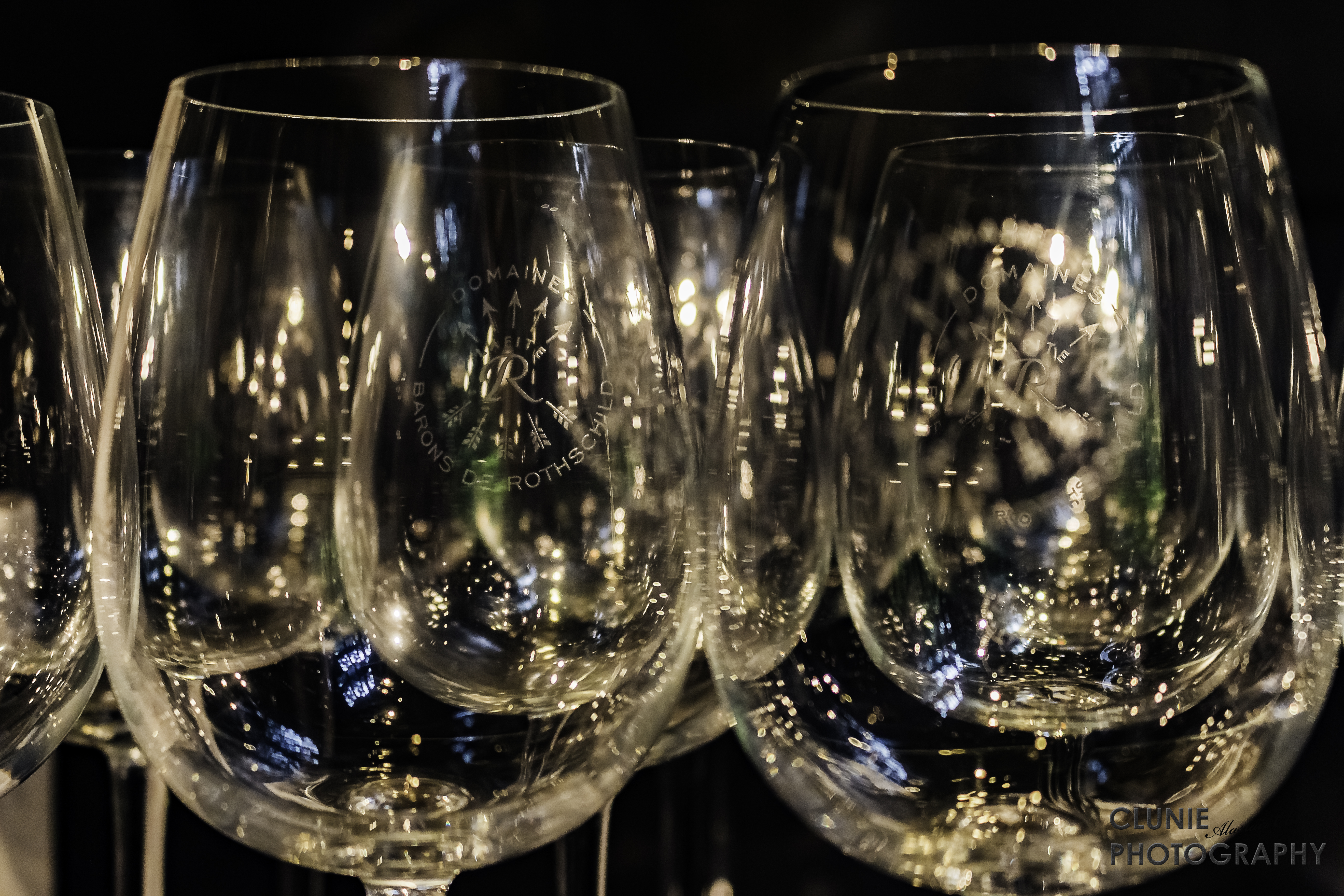
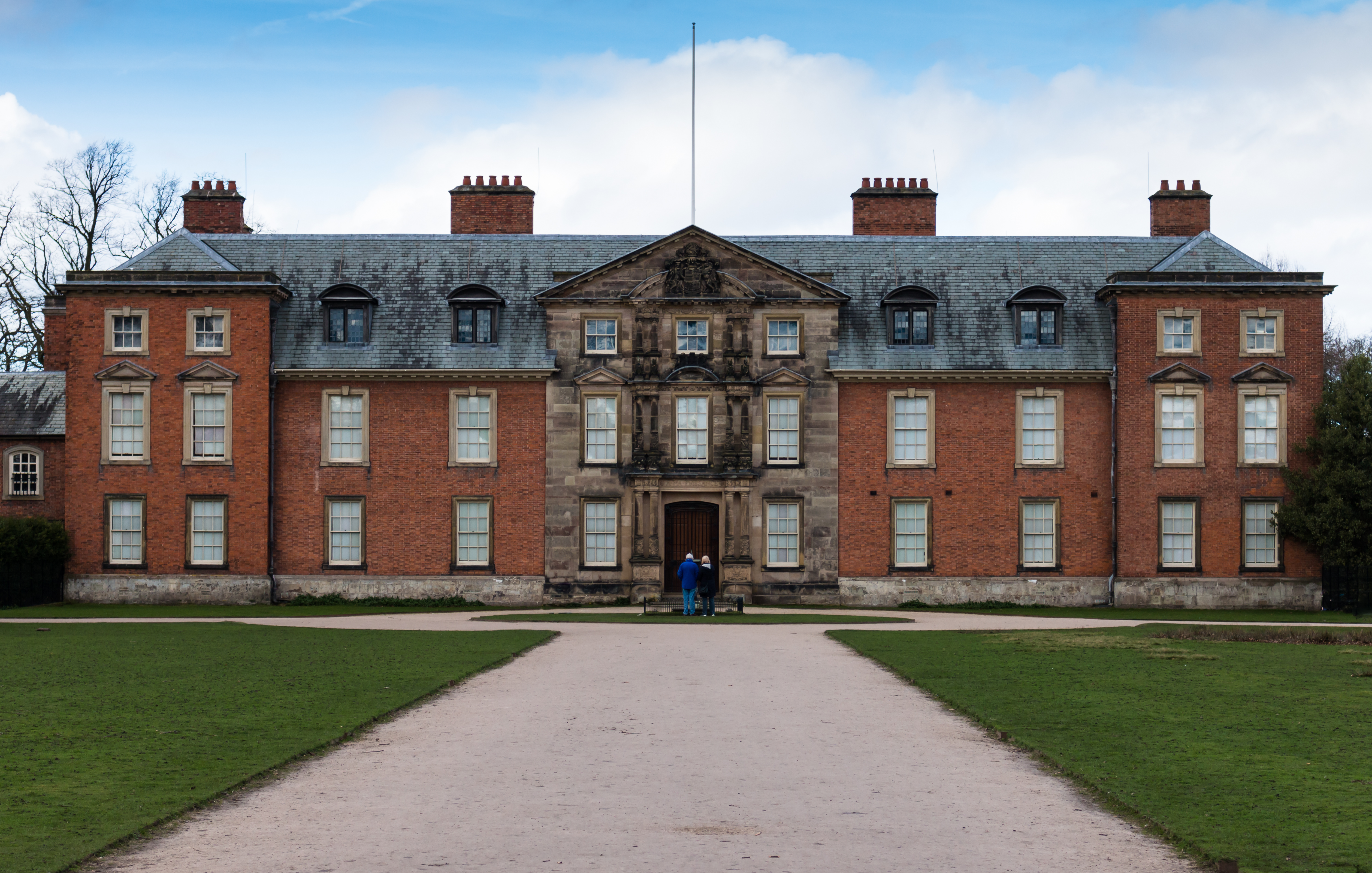 First up is the house itself. Pretty standard fare photographically with a full-frontal square on view of the property, but there’s nothing wrong with that and it gives a good context. Although this was out of season and I waited patiently for there to be no people walking across the shot, it proved impossible and this was the least populated shot I could get. I thought about removing the people in Photoshop but in the end felt that their inclusion added something to the image. This was shot hand held at 1/500 sec at f5 on ISO 200. As ever, I shot in RAW and did my own processing in Lightroom. In addition to the usual light touches I added a graduated filter to decrease the exposure in the sky to balance up the overall image a little more.
First up is the house itself. Pretty standard fare photographically with a full-frontal square on view of the property, but there’s nothing wrong with that and it gives a good context. Although this was out of season and I waited patiently for there to be no people walking across the shot, it proved impossible and this was the least populated shot I could get. I thought about removing the people in Photoshop but in the end felt that their inclusion added something to the image. This was shot hand held at 1/500 sec at f5 on ISO 200. As ever, I shot in RAW and did my own processing in Lightroom. In addition to the usual light touches I added a graduated filter to decrease the exposure in the sky to balance up the overall image a little more.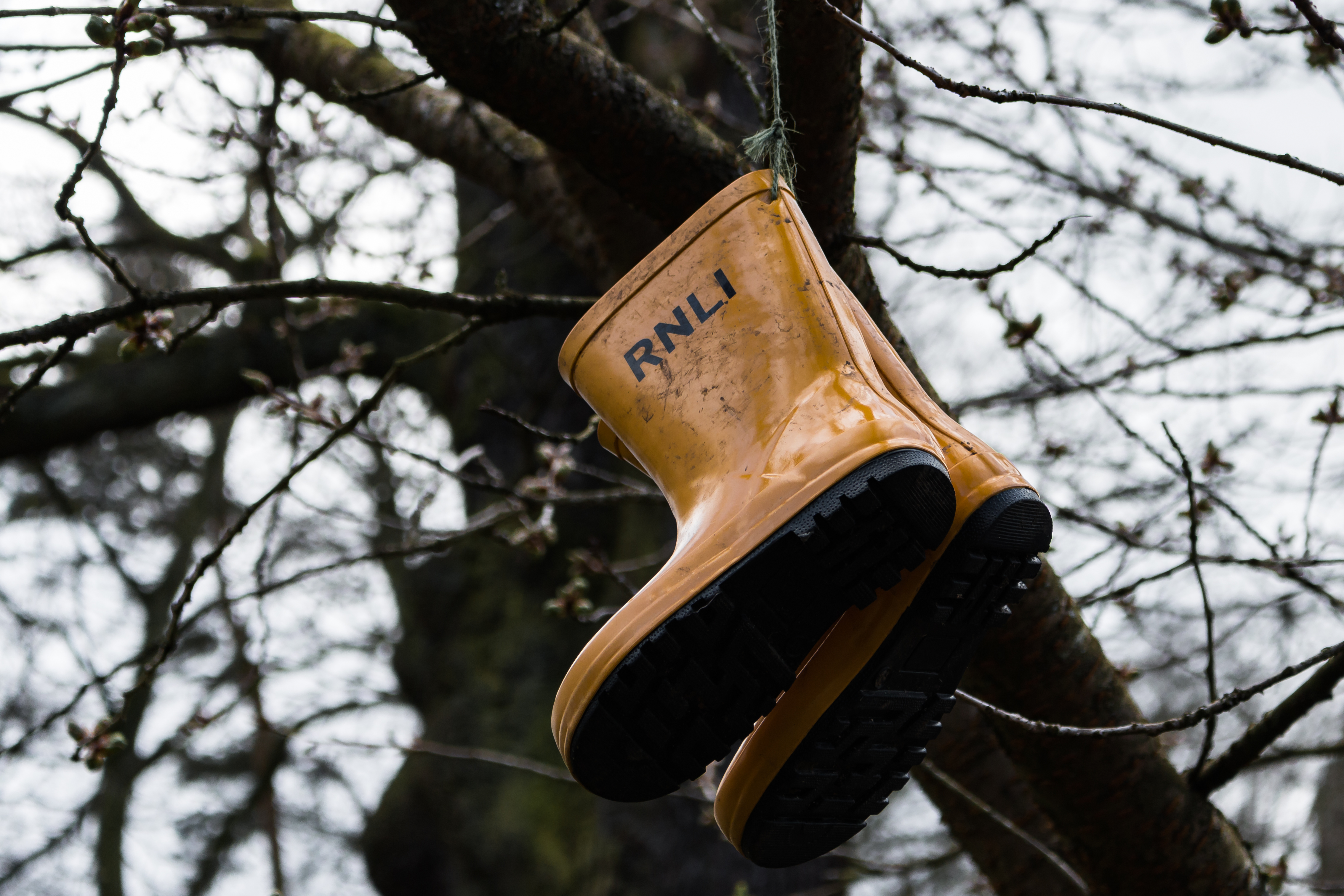 I was particularly taken with these RNLI branded boots hanging in a tree; that’s taking out of context to a whole new level. I decided to focus in quite tightly on the boots but leave enough space to reveal the context, though with a wide aperture to give a shallow depth of field throwing the tree out of focus and concentrating on the boots. This was shot hand held at 1/250 sec at f5.6 on ISO 200. The focal length on the shot was 55mm and this had only the usual light touch processing in Lightroom.
I was particularly taken with these RNLI branded boots hanging in a tree; that’s taking out of context to a whole new level. I decided to focus in quite tightly on the boots but leave enough space to reveal the context, though with a wide aperture to give a shallow depth of field throwing the tree out of focus and concentrating on the boots. This was shot hand held at 1/250 sec at f5.6 on ISO 200. The focal length on the shot was 55mm and this had only the usual light touch processing in Lightroom.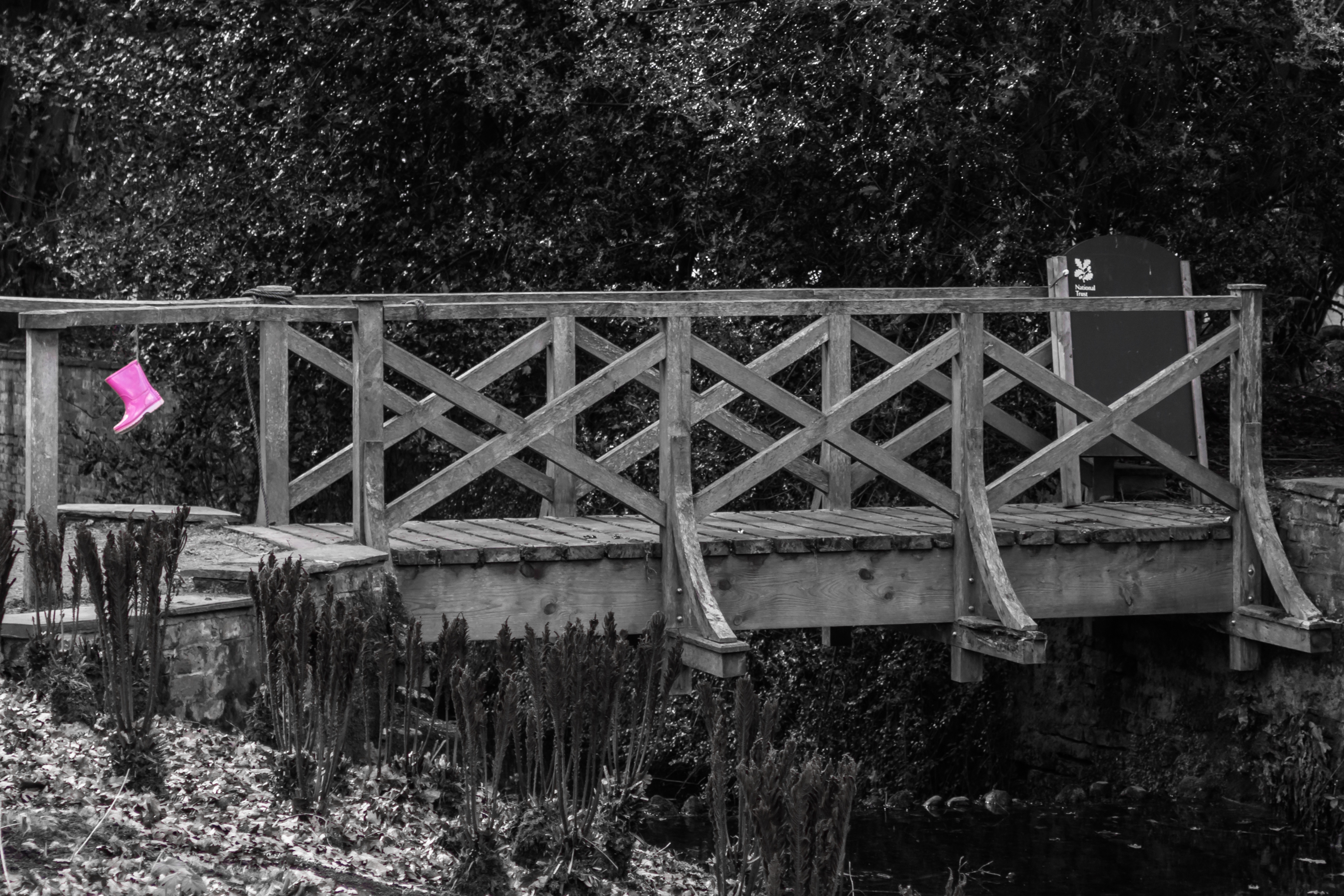 Continuing the welly-boot theme, I spotted this pair hanging from a wooden bridge. At the time of taking the shot I already knew that I wanted to render this in monochrome with the boots retaining their colour, so shot it with that in mind. As there was enough tonal range to clearly depict the bridge in it’s context, I opted for a wider shot to include the whole bridge, knowing that the colour in the boots would make them easily visible in the final image. This was shot hand held at 1/100 sec at f5.6 on ISO 200. To retain the boots in colour I opted to simply desaturate the colours individually as the boots were the only things that colour! That was a simpler approach than going into Photoshop to use layers and masks.
Continuing the welly-boot theme, I spotted this pair hanging from a wooden bridge. At the time of taking the shot I already knew that I wanted to render this in monochrome with the boots retaining their colour, so shot it with that in mind. As there was enough tonal range to clearly depict the bridge in it’s context, I opted for a wider shot to include the whole bridge, knowing that the colour in the boots would make them easily visible in the final image. This was shot hand held at 1/100 sec at f5.6 on ISO 200. To retain the boots in colour I opted to simply desaturate the colours individually as the boots were the only things that colour! That was a simpler approach than going into Photoshop to use layers and masks.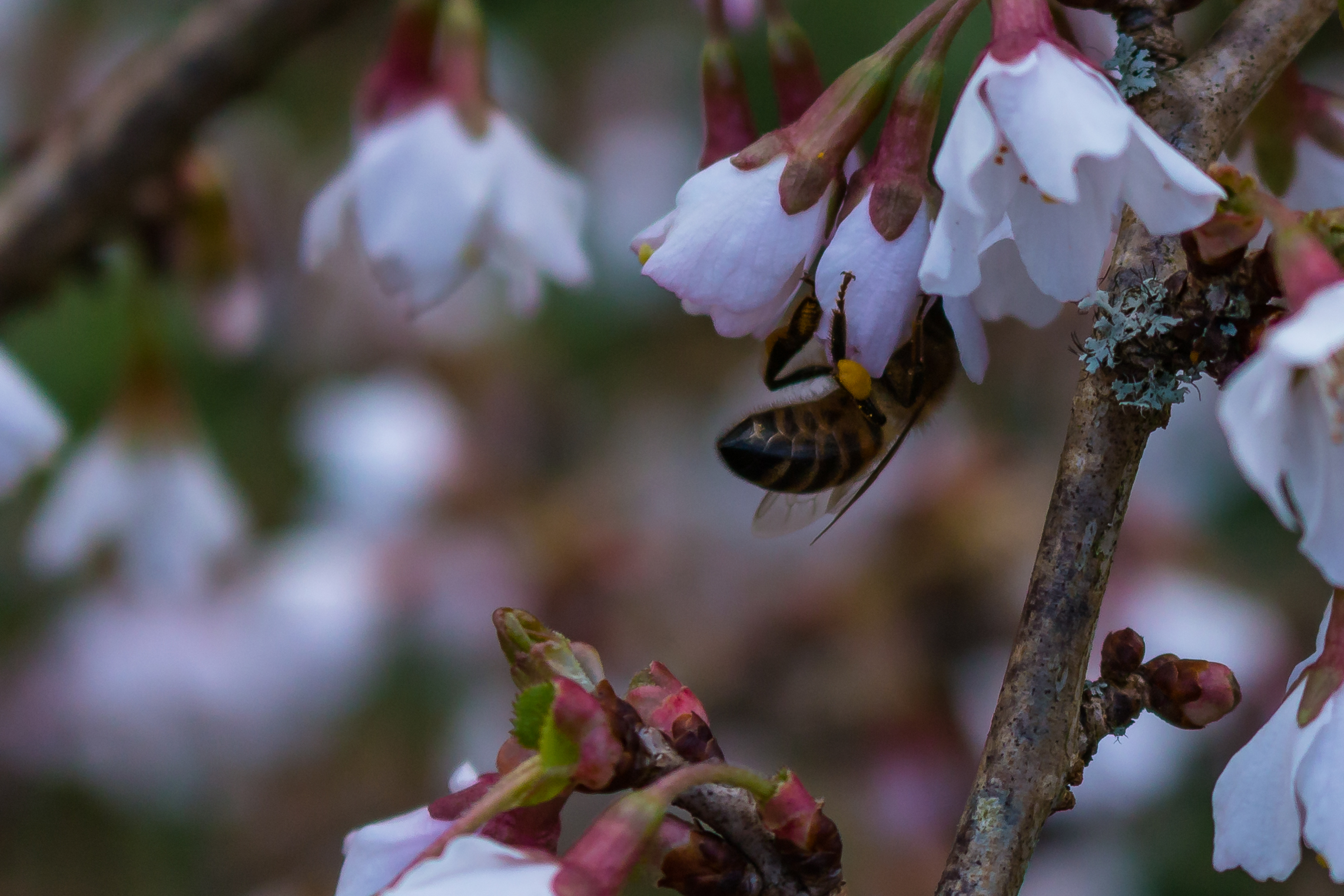 One of the things I like doing is getting in close to some detail. In the garden there was a border of bushes in bloom with small flowers and the obvious thing was to capture them in a wide shot (which I did, eventually) but first I decided to close in on some detail. In doing so I spotted a bee going about it’s business and stuck with it to get the photo above. It’s one of those things that would be so easily missed. This was also shot hand-held at 1/500 sec at f5.6 on an ISO of 200.
One of the things I like doing is getting in close to some detail. In the garden there was a border of bushes in bloom with small flowers and the obvious thing was to capture them in a wide shot (which I did, eventually) but first I decided to close in on some detail. In doing so I spotted a bee going about it’s business and stuck with it to get the photo above. It’s one of those things that would be so easily missed. This was also shot hand-held at 1/500 sec at f5.6 on an ISO of 200. Back at the house I went in close again for this shot of the stonework by the door. I love the feeling of texture in it and opted to convert the image to mono in order to make this more apparent. Again, apart from the mono conversion, there was minimal processing within Lightroom. Although there’s not much physical depth to the subject here, I wanted to make sure everything was in focus, so opted for an aperture of f10. Keeping the ISO at 200, I was able to shoot this at 1/125 sec and given a focal length of 51mm that was easily good enough to be hand-held.
Back at the house I went in close again for this shot of the stonework by the door. I love the feeling of texture in it and opted to convert the image to mono in order to make this more apparent. Again, apart from the mono conversion, there was minimal processing within Lightroom. Although there’s not much physical depth to the subject here, I wanted to make sure everything was in focus, so opted for an aperture of f10. Keeping the ISO at 200, I was able to shoot this at 1/125 sec and given a focal length of 51mm that was easily good enough to be hand-held.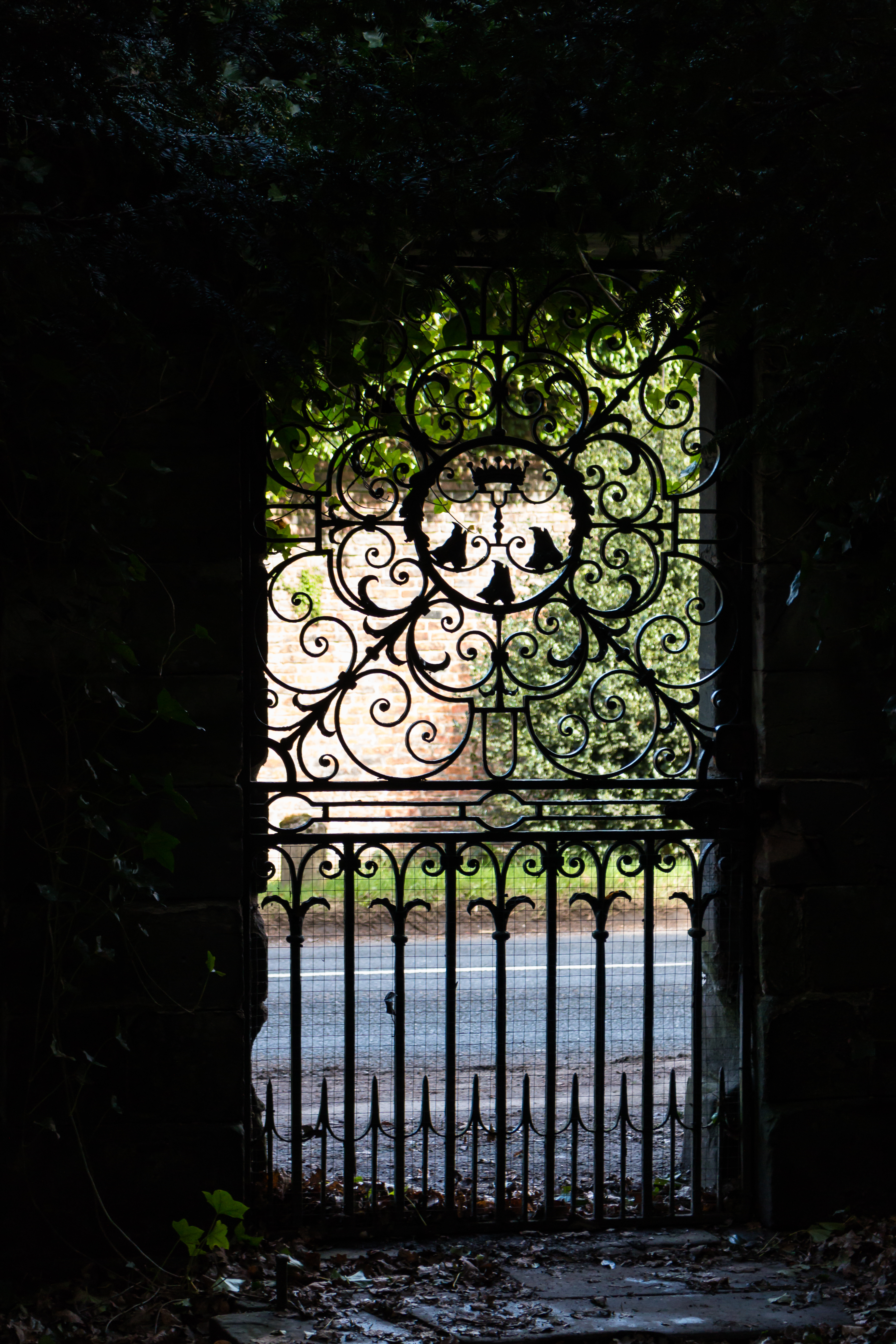 And finally one of my favourite things – using something as a natural frame to gain high contrast. These can be challenging as it’s good to retain some detail in the shadows which adds to the feeling of depth and avoids having a black interestingly shaped border. The challenge is to make sure that the highlights don’t blow out, so I was careful to check the on-camera histogram before deciding I probably had the shot I wanted. There was just enough light spilling into the foliage inside the gate to show up, so I metered for the outside and set my white balance for that too. This was shot at 1/200 sec at f5.6 on an ISO of 640. Within Lightroom I only had to pull back the highights a little to make sure there was detail in the bright areas.
And finally one of my favourite things – using something as a natural frame to gain high contrast. These can be challenging as it’s good to retain some detail in the shadows which adds to the feeling of depth and avoids having a black interestingly shaped border. The challenge is to make sure that the highlights don’t blow out, so I was careful to check the on-camera histogram before deciding I probably had the shot I wanted. There was just enough light spilling into the foliage inside the gate to show up, so I metered for the outside and set my white balance for that too. This was shot at 1/200 sec at f5.6 on an ISO of 640. Within Lightroom I only had to pull back the highights a little to make sure there was detail in the bright areas.
